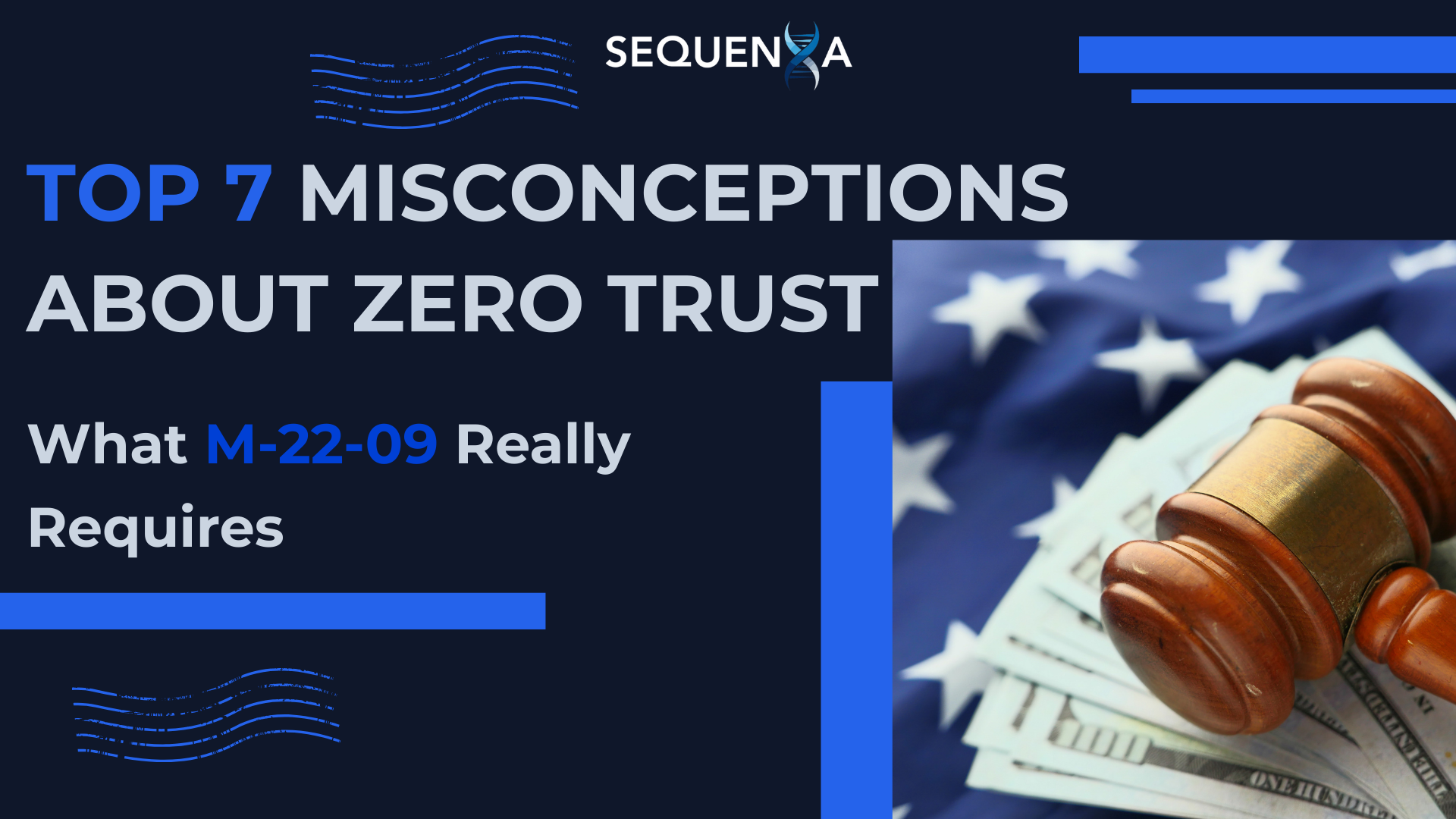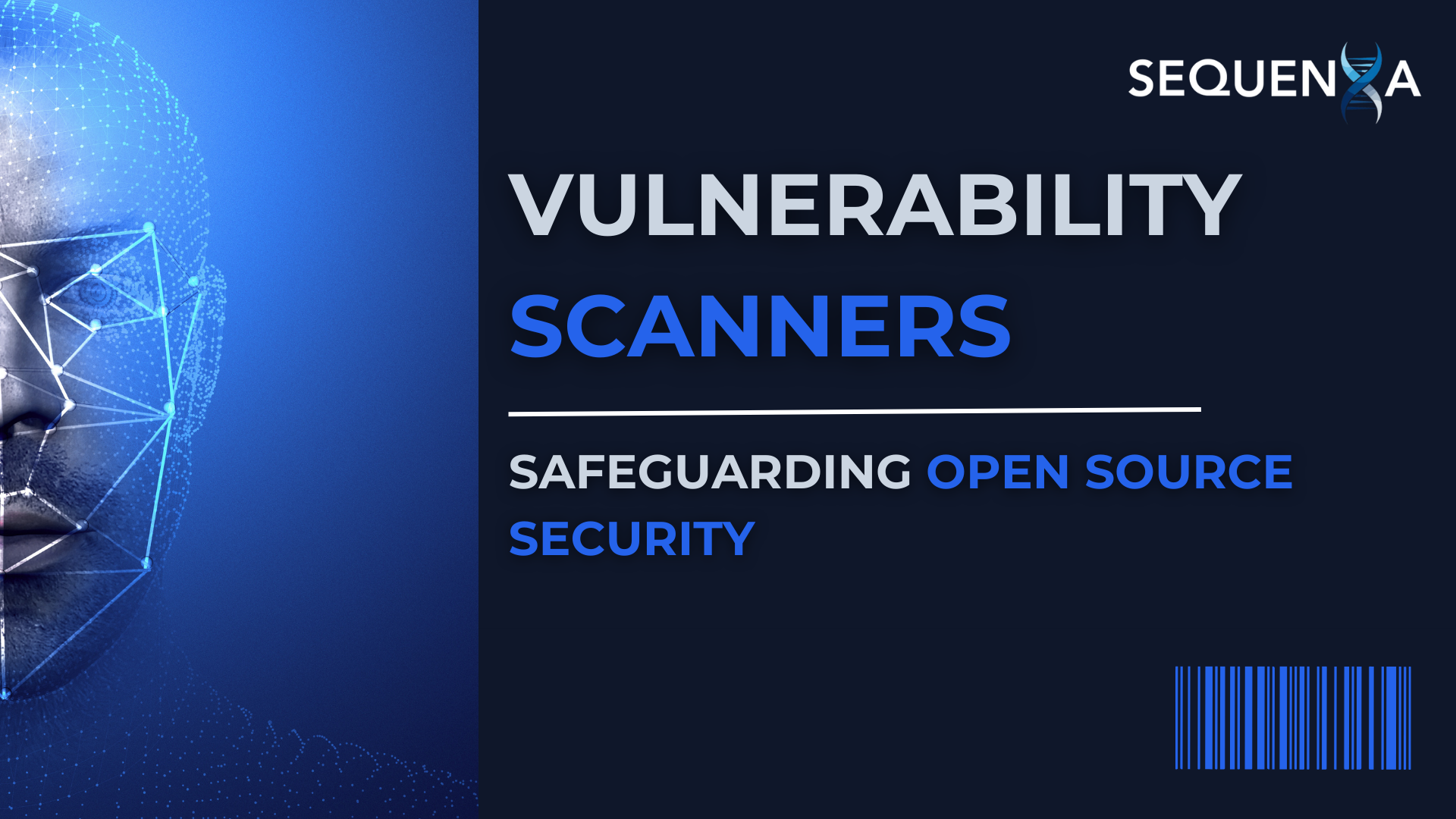Top 7 Misconceptions About Zero Trust: What M-22-09 Really Requires

Many agencies and contractors misunderstand the true requirements of zero trust implementation under federal mandates. The Office of Management and Budget’s M-22-09 memorandum set deadlines and expectations, but confusion has led to wasted resources and security gaps. This article uncovers the top 7 misconceptions about the federal zero trust strategy, clarifying what organizations must do to stay compliant and secure.
1. Zero Trust Is Just a Technology Purchase
Some assume zero trust can be achieved by buying a single product. In reality, M-22-09 outlines a framework, not a shopping list. Zero trust requires aligning people, processes, and technology, not relying on one vendor’s solution.
Example: A federal agency purchased an identity solution believing it achieved compliance but failed audits because other domains were ignored.
Is your agency relying on tools instead of strategy? Discover why the federal zero trust strategy requires more than just products.
2. Compliance Equals Security
Meeting compliance checklists does not always equal protection. The federal zero trust strategy emphasizes maturity across identity, devices, networks, applications, and data. Organizations that treat M 22-09 as a checkbox risk gaps in real-world defense.
Did you know? A 2023 GAO report found that 41% of agencies met compliance deadlines but still had exploitable vulnerabilities.
“Zero trust compliance should be the floor, not the ceiling”
How can agencies balance compliance with achieving actual security outcomes?
3. Zero Trust Means Eliminating All Access
Some fear that adopting zero trust means blocking legitimate users. In fact, M 22 09 requires secure access policies that verify continuously without halting productivity. The federal zero trust strategy is designed to enable operations while limiting attack surfaces.



